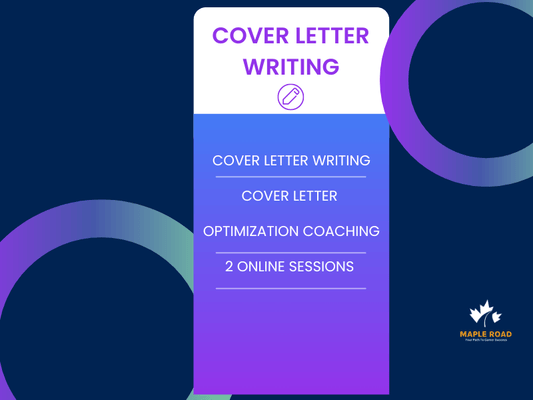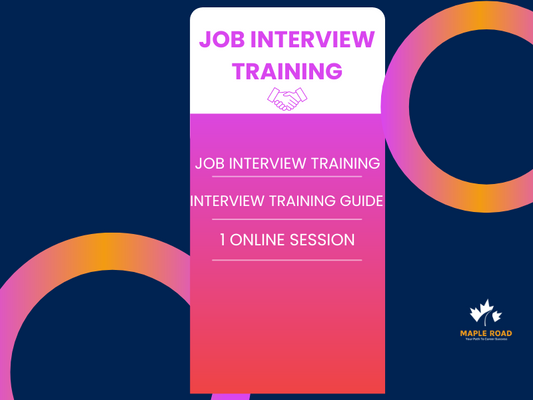- By Chris Castelino, Certified Resume Writer
Preparing for job interviews can be overwhelming for jobseekers, who may feel the need to memorize numerous questions and answers. This can be counterproductive considering all the stress involved during a job interview, causing candidates to fumble over their pre-planned responses.
Rather than focusing on ineffective memorization, jobseekers should concentrate on practicing two of the most important parts of the interview:
- Their opening introduction (e.g., "Tell me about yourself", “What can you tell me about your career?”, etc.)
- A strong conclusion (e.g., "Why should we hire you" or "Do you have any questions for us?")
To develop an introduction that resonates with any interviewer and encourages further discussion:
- Keep your introduction concise, aiming for under 60 seconds to retain the interviewer's focus.
- Emphasize your most important qualifications, experiences, and accomplishments without being too detailed or lengthy, leaving space for additional questions.
- Share the key motivations that drive you in your career, fostering a connection with the interviewer and highlighting your passion.
- Convey enthusiasm for both the role and the company inviting the interviewer to inquire more about your interest in their organization.
- Rehearse your introduction to ensure it is delivered confidently and gracefully, leaving a positive impression regardless of the interviewer's personality.
- Unless the interviewer is following a list precisely, observe the interviewer's follow-up questions, as these can offer insight into their personality and communication style.
Crafting a powerful introduction for job interviews requires understanding human psychology, body language, and advanced communication techniques. By delving deeper into these concepts, jobseekers can create a lasting impression on interviewers, regardless of their personality type.
Mirroring and rapport-building:

To apply this effectively:
- Observe the interviewer's gestures, posture, and facial expressions, and adopt similar nonverbal cues without being too obvious.
- Listen to their tone, volume, and pace of speech, and adjust your own communication style to match theirs.
- Use mirroring in moderation to avoid seeming insincere, and focus on building genuine connections through shared experiences and interests.
- Focus on the interviewer's words and avoid interrupting them.
- Use verbal affirmations (e.g., "I see," "Yes, of course.") to acknowledge their statements and show your understanding.
- Ask clarifying questions or paraphrase their comments to ensure you've correctly understood their message.
- If you need to clarify a question, avoid asking things like “Can you repeat that again?”, or “Can you please say that again?”; this can leave the impression that you may not have been listening. Instead, repeat the question back to them but give the sense that you are contemplating it…and clarify if needed. (For example, “Hmmm, a time when I helped the team solve a complex problem…do you mean as the team leader, or when I was part of the team at XYZ Company…?”) When you repeat the question back it’s clear that you were paying attention - you just want to clarify it so that you give the interviewer the right information.
Compelling Storytelling:

Using storytelling techniques can make your introduction more engaging and memorable (but avoid too many embellishments)
- Structure your stories with a clear beginning (setting the scene), middle (explaining the challenge), and end (describing the resolution and lessons learned).
- Incorporate details and anecdotes to make your stories more relatable and engaging.
- Focus on stories that highlight your skills, expertise, and personal growth relevant to the job.
- Keep it short, concise, and to the point - 60 seconds maximum, and just enough information to help the interviewer carry the conversation forward.
Body Language:

Adopting confident and relaxed body language is essential to create a strong first impression.
- During the interview, maintain an open posture (e.g., uncrossed arms), make eye contact, and use natural hand gestures to emphasize your points.
- Be mindful of any nervous habits, such as fidgeting or tapping, and minimize them to project confidence.
Vocal Variety:

Varying your voice can keep the interviewer engaged and convey enthusiasm.
- Practice adjusting your pitch, tone, and speaking pace to emphasize key points and create vocal interest.
- Record yourself speaking and listen for any monotony or vocal quirks that may be distracting.
- Work on breath control and articulation to ensure your speech is clear and easy to understand.
The Power of Pausing:

Strategic pauses in your speech can create anticipation, emphasize key points, and allow the interviewer time to process information.
- Practice incorporating pauses at natural breaks in your speech, such as between sentences or after making an important point.
- Use pauses to collect your thoughts and avoid using filler words, which can detract from your message.
- Remember that silence can be powerful; don't rush to fill every moment with speech. Allow the interviewer time to reflect and ask follow-up questions.
- This is especially important for questions exploring conflicts - take your time, and show that you really need to jog your memory to think of the last time, you don’t want to make it seem like you are a confrontational person who holds on to grudges).
Crafting a memorable job interview introduction is an essential part of the interview process. However, it's not the only important aspect. To give yourself the best chance of success, it's also crucial to know how to effectively close an interview. To learn more about strategies for concluding an interview on a high note, including the best types of closing questions and sample answers, be sure to check out our comprehensive guide on closing job interviews.















